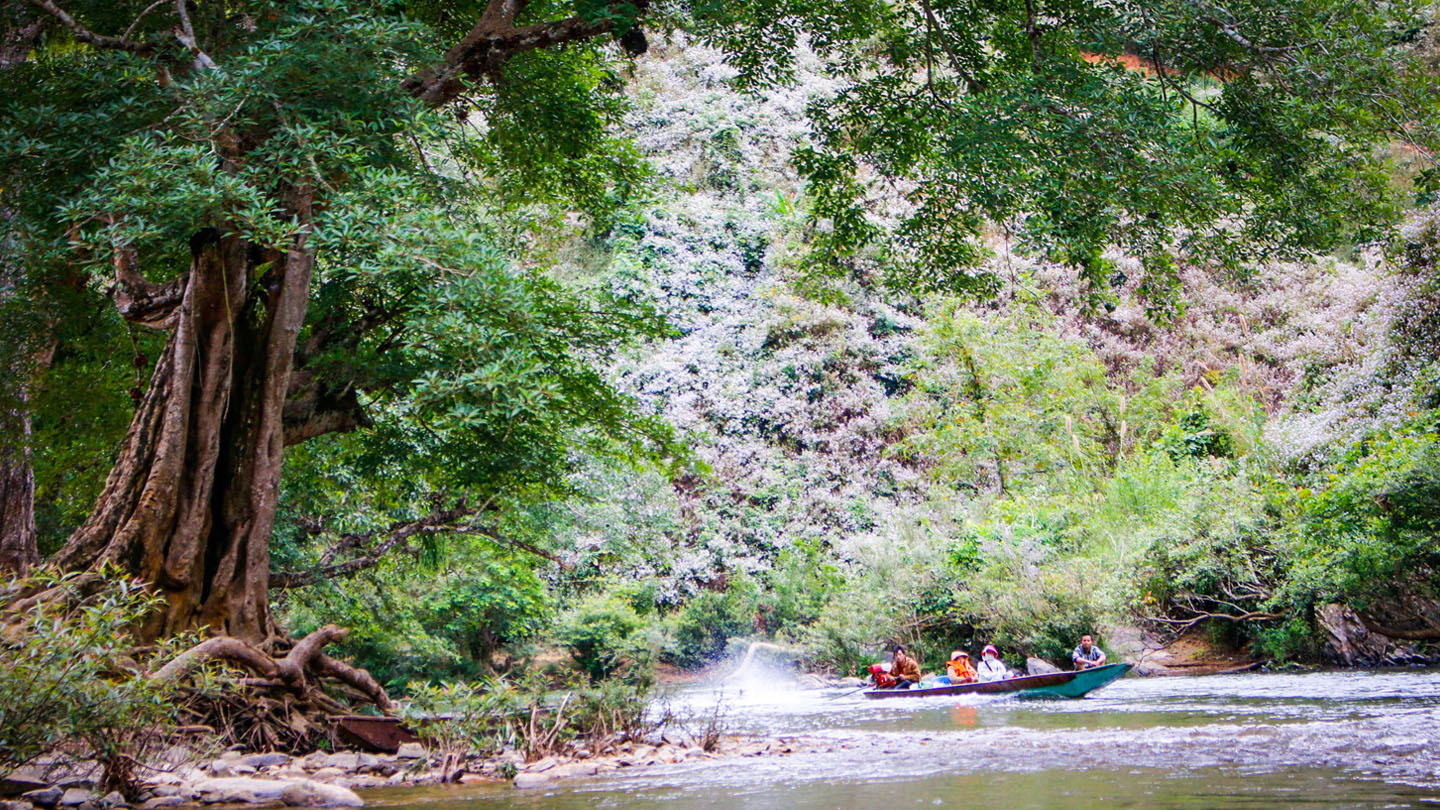
Photo Credit:
© Dominique le Roux/WCS
Above: Tourists on the Nam Nern Night Safari head into the core zone of Lao PDR’s Nam Et-Phou Louey National Protected Area. This award-winning ecotourism project illustrates the WCS Mekong Drivers Partnership’s multi-scaled, multi-sectoral approach.